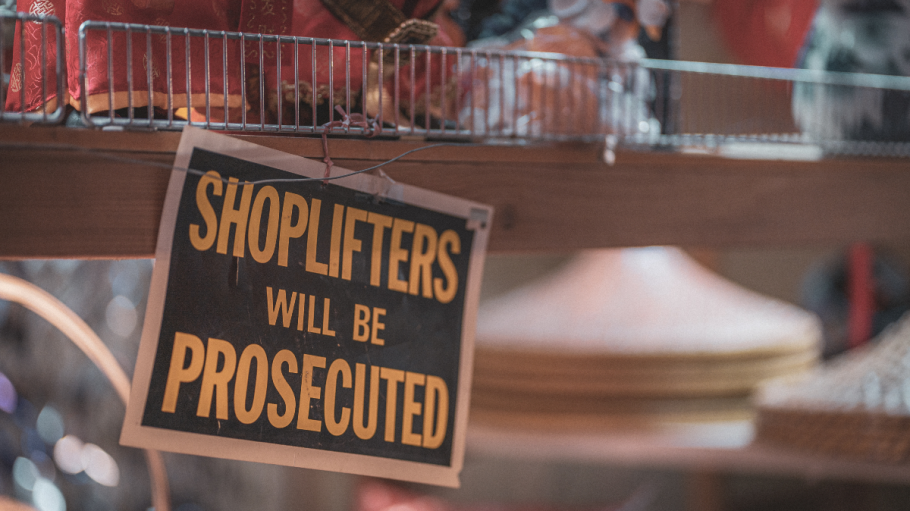Originally published November 7, 2023 in Sourcing Journal by Megan Hall.
Police in Milpitas, Calif. recovered more than 176 items of stolen merchandise when they took six retail theft suspects into custody on Friday, according to the department’s Facebook post.
Milpitas detectives and officers conducted the raid at the Great Mall of the Bay Area, an outlet shopping center about an hour southeast of San Francisco, with help from the the California Highway Patrol’s Golden Gate Division Organized Retail Crime Task Force. Photos shared with the social media post appeared to show recovered merchandise including items of clothing displayed on a department vehicle. Police credited mall security and loss prevention staff for assisting in the operation. Milpitas is located in Santa Clara County, one of several receiving a windfall from the state’s $267 million assault against organized retail crime.
The incident highlights how retail crime continues to plague brands and retailers, some of whom have begun reporting on its impact on business in quarterly earnings calls and reports.
That issue will taint retailers’ holiday cheer, despite fewer crime reports during last year’s holiday season.
The National Retail Federation (NRF) reported that in 2022, organized retail crime accounted for 36 percent of shrinkage among retailers—but another problem also pervades. Retail crime has become more and more violent, as 88 percent of retailers report that overall, shoplifters showed more aggressive, violent behaviors in 2022, compared with 2021.
Cristian Lopez, CEO of ALTO, a technology-enabled service company that connects retailers and private entities with public officials and law enforcement where retail crime is concerned, said the trend toward violence could be due to lack of punishment for offenders.
“When you see that there’s no consequences, you’re not going to be afraid to commit a crime [or] to scale the crime, or to take the crime even higher. And that’s what we’re seeing,” Lopez said. “It’s like when you have a kid, and you say ‘I’m going to ground you if you continue watching TV,’ … then you don’t do [anything as a consequence] for the kid. It’s just a human behavior. If there’s no consequences… you will continue to do it.”
Per NRF, industry agnostic retailers reported about 1.6 percent shrink in 2022. When taken as a percentage of total retail sales in 2022, that accounts for $112.1 billion in losses, up nearly $30 billion from 2021.
But in all reality, the total loss figures are likely higher. The report notes that 78 percent of respondents do not include e-commerce goods in their shrink calculations, and 57 percent do not include supply chain loss or theft.
Per Lopez, it’s likely that a number of thieves went unpunished last holiday season. That could encourage further loss this holiday season.
Retailers including Lululemon, Nike, Ross and Nordstrom have already faced major losses from retail crime this year. The holiday season may be just another target.
Despite general increases in loss, reports of retail crime could decrease during the holidays, suggests historical data from ALTO. That data showed that, in 2022, the firm’s clients saw a 52.5 percent decrease in retail crime incident reports, when comparing November and December to April and May.
But Lopez said that doesn’t mean crime actually dropped.
“When you have double the amount of people, or triple the amount of people, going to your stores to buy, you will have less time to report what is happening,” he said. “For that reason, you will have less reporting, but that doesn’t mean that you will have less crime—actually, it could be more, it could be the same, but it’s not going to be less.”
That could give some retailers pause as they enter a critical holiday season: Commerce Signals recently projected that apparel retail sales would fall more than 2 percent this holiday season, compared with 2022.
With a decrease in consumer spending in the sector, and an increase in violent retail crimes, retailers may be wary—according to NRF’s data, 72.3 percent of retailers said that, in 2023, aggression during a criminal act is more of a threat priority than in 2022.
In order to curtail retail crime this holiday season, Lopez said, retailers must be strategic in their communication. Though focusing on sales should remain the priority, they should also make the effort to report crimes to law enforcement, he said.



